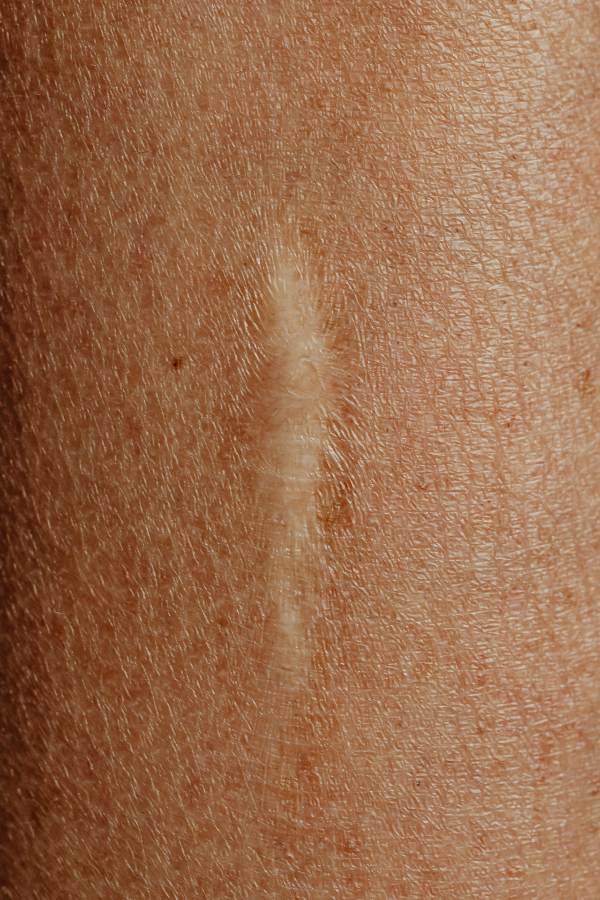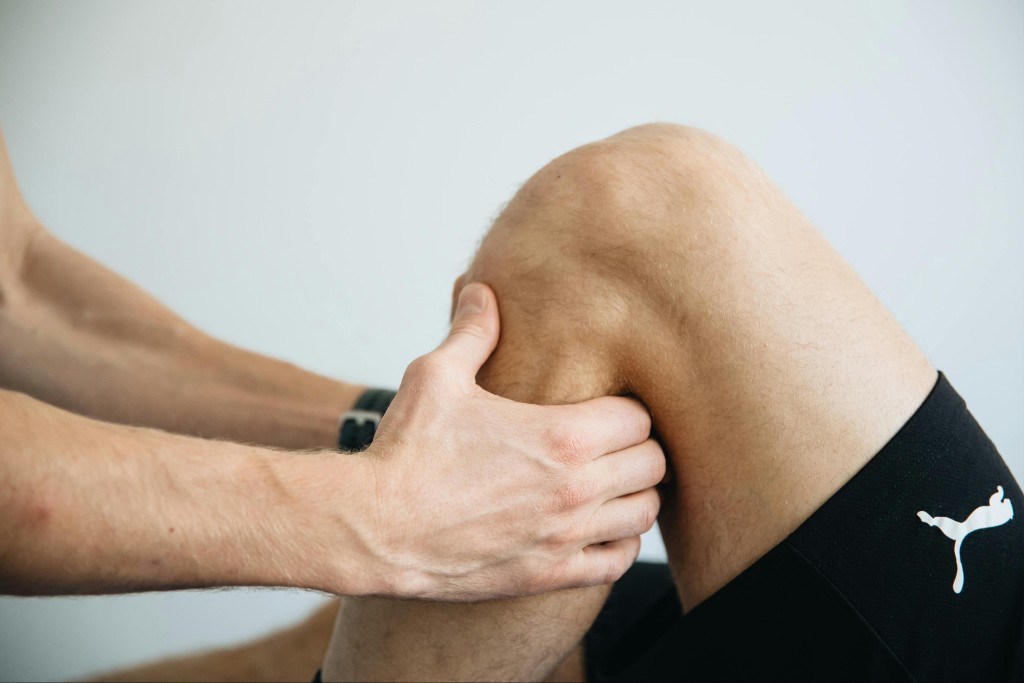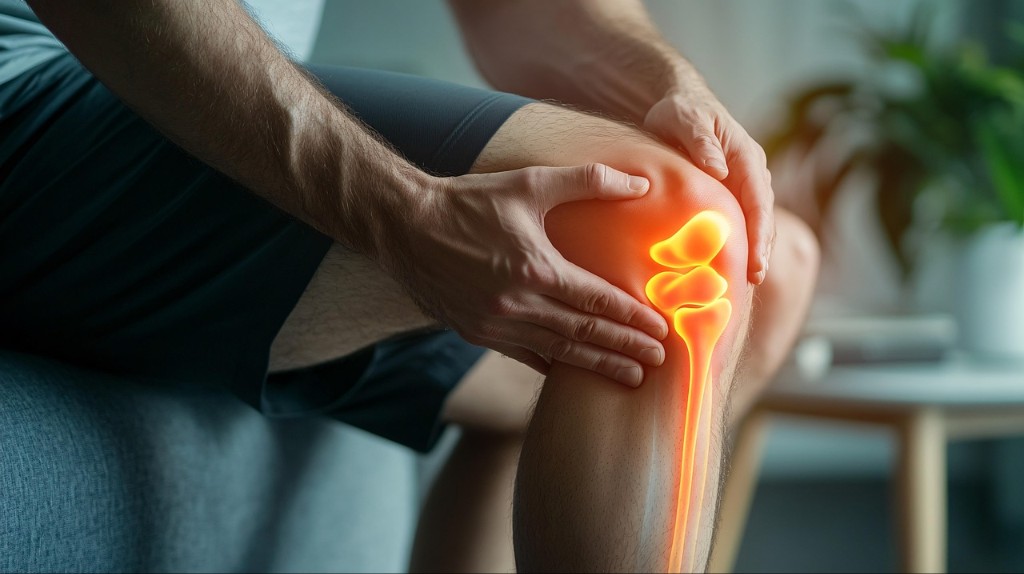Abdominal adhesions are bands of fibrous scar tissue that can form between abdominal tissues and organs, often as a result of surgery. They can lead to chronic pain, obstructions, and digestive problems, with traditional treatments ranging from conservative approaches to invasive surgery. Shockwave therapy, though, has emerged as a revolutionary treatment. In this blog, we will delve into how shockwave therapy presents a promising alternative, aiming to alleviate the suffering of those affected by abdominal adhesions.
Abdominal Adhesions Symptoms & Diagnosis

Abdominal adhesions arise primarily from post-surgical scars, inflammation, trauma, or diseases. These internal scars can create abnormal bonds between organs or between organs and the abdominal wall, restricting their movement and leading to a variety of complications. Symptoms of abdominal adhesions can vary in intensity and may include:
- Persistent or intermittent abdominal pain or discomfort
- Bloating or abdominal distension
- Nausea or vomiting, especially if there is partial bowel obstruction
- Changes in bowel habits, such as constipation
The diagnosis of these adhesions often proves elusive with standard imaging techniques, as they typically fail to show up on ultrasounds, CT scans, or MRIs. Consequently, a more invasive exploratory laparoscopy is sometimes necessary for a conclusive diagnosis, allowing doctors to visually inspect the abdominal cavity for the presence of these problematic tissues.
Considering Shockwave Therapy?
Try SoftWave Therapy for just $69. Non-invasive healing that reaches deeper.
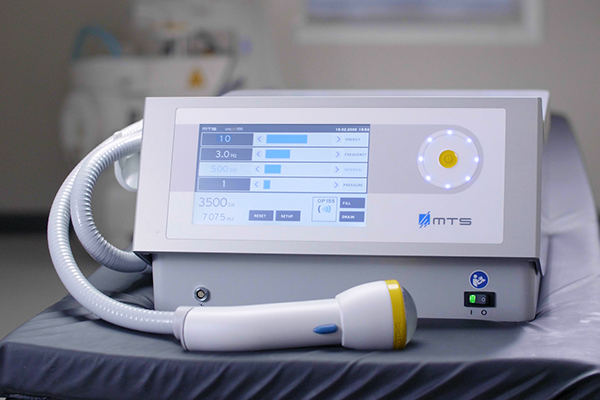
Traditional Treatments for Abdominal Adhesions
To manage abdominal adhesion symptoms, patients may be prescribed medications for pain and inflammation or to improve bowel motility, and they may also undergo physical therapy to enhance abdominal mobility. However, these conservative treatments address only the symptoms, not the adhesions themselves.
In cases where adhesions cause significant distress or life-threatening complications like bowel obstruction, surgical intervention may be employed. Yet, this treatment carries the inherent risk of initiating new adhesion formation, highlighting the delicate balance doctors must maintain when treating this condition.
Introducing Shockwave Therapy for Abdominal Adhesions
Shockwave therapy, renowned for its role in shattering kidney stones, has now transcended its original use to become a versatile tool in modern medicine. This innovative approach applies focused sound waves that penetrate the body and specifically target the scar tissue. These waves generate a cascade of healing responses – they invigorate blood flow to the region and encourage the breakdown of the fibrous scar tissue that’s responsible for the adhesions.
The science behind shockwave therapy is grounded in its ability to stimulate the body’s natural repair mechanisms. As the sound waves interact with the affected tissues, they promote the release of certain biological signals that summon cells and enhance tissue regeneration. This means that the therapy not only works to alleviate the pain and dysfunction caused by adhesions but also supports the restoration of healthier, more flexible tissue in place of the rigid scar tissue.
For patients, this means a potential reduction in the chronic pain and digestive disturbances caused by adhesions, without the need for invasive surgery. The non-invasive nature of shockwave therapy makes it a desirable option for many, offering a pathway to improved quality of life with minimal downtime.
Considering Shockwave Therapy?
Try SoftWave Therapy for just $69. Non-invasive healing that reaches deeper.

Benefits of Shockwave Therapy for Abdominal Adhesions
Shockwave therapy offers an innovative approach to managing abdominal adhesions. It emerges as a popular alternative treatment for several reasons:
- Soothes Inflammation: This therapy is known to tamp down inflammation, which is often at the heart of adhesion-related discomfort. Less inflammation means less pain, which brings patients comfort and improves daily well-being.
- Improves Tissue Flexibility: It addresses the problematic collagen that often stiffens and binds tissues together, helping to reorganize and remodel these fibers for more flexibility and less discomfort
- Reduces Fibrosis: The therapy’s sound waves actively work to break down the fibrous adhesions, paving the way for softer, more normal tissue to take its place and potentially restoring function within the abdominal area
Comparing Shockwave Therapy to Traditional Treatments for Abdominal Adhesions
Surgical treatments, while effective, come with a significant risk of exacerbating the issue, as the very act of surgery can provoke the formation of new adhesions, leading to a cyclical problem. Furthermore, surgery requires a substantial recovery period, during which patients must manage pain and limited mobility, and are often restricted from returning to their normal daily activities.
In contrast, shockwave therapy harnesses high-energy sound waves to target areas affected by adhesions. This therapy promotes cell regeneration and increases blood flow, which can lead to the natural breakdown of adhesion bands without the need for incisions or a lengthy recovery. Patients generally experience less downtime with shockwave therapy, as it doesn’t involve anesthesia or the risks associated with surgical complications.
What to Expect During Shockwave Therapy for Abdominal Adhesions
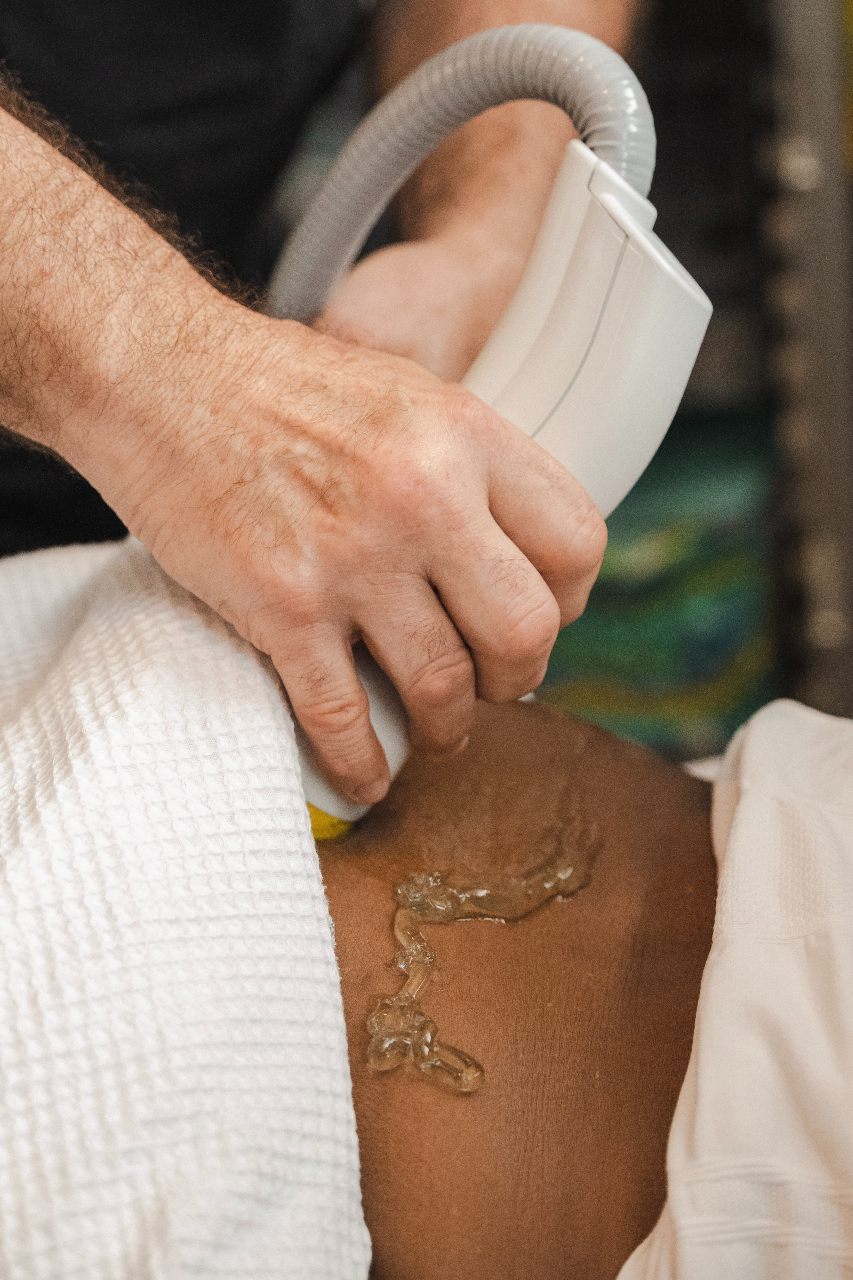
If you are undergoing this therapy, here is what you can typically expect during the treatment process:
Consultation: You’ll have an initial discussion with your healthcare provider to evaluate if shockwave therapy is right for you, considering your medical history and symptoms.
Preparation: Wear comfortable clothes and continue your regular diet and hydration before the session—no special prep is needed.
Therapy Session: In the treatment room, the doctor will position you for optimal access to the affected area and apply a conductive gel to your abdomen.
Shockwave Application: A device will deliver targeted shockwaves to the adhesions; you may feel varying sensations, which you should communicate to your therapist for comfort adjustments. In general, shockwave therapy is not painful.
Post-Treatment and Follow-Up: Sessions are quick, with no downtime afterward, allowing you to resume daily activities. You’ll have follow-ups to track your progress and adjust as needed.
Remember to talk to your healthcare provider about the possible risks and benefits to decide if this treatment is right for you.
The Best Shockwave Therapy for Abdominal Adhesions
Are you looking for safe, reliable, and effective relief from plantar fasciitis?
SoftWave therapy is FDA-cleared, patented, and nationally recognized for its leading tissue regeneration technology. Unlike other types of high-energy shockwave treatments, SoftWave is the only shockwave therapy on the market that uses true broad-focused shock waves that treat larger and deeper areas of tissue.
Thousands of patients have experienced the benefits of SoftWave for abdominal adhesions, including:
- Little to no side effects
- Short treatment time
- Quick recovery
- Long-lasting results
- Find a SoftWave Therapy provider near you or learn more about SoftWave and whether or not you’re eligible for full treatment today!
New Patient Special
Try SoftWave for just $69 at a clinic near you and learn if you’re a candidate for full treatment


